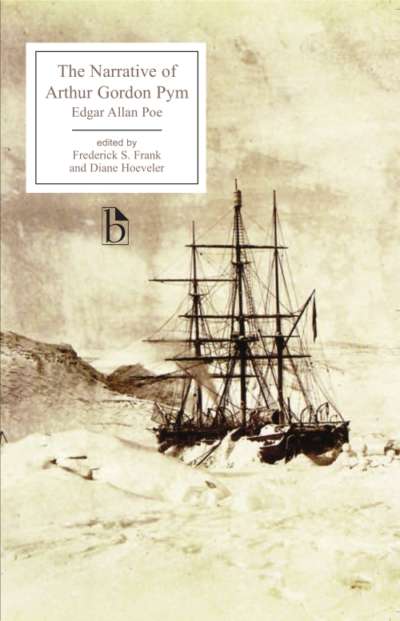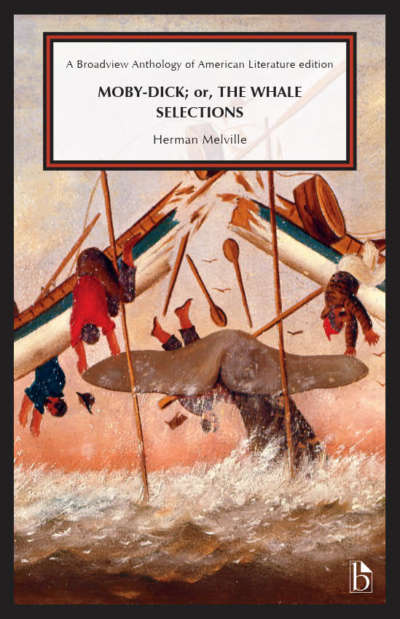
Brown is often called the first American novelist. Originally published in 1799, Ormond was inspired by enlightenment philosophers and Gothic writers. The novel engages with many of the period’s popular debates about women’s education, marriage, and the morality of violence, while the plot revolves around the Gothic themes of seduction, murder, incest, impersonation, romance and disease. Set in post-revolutionary Philadelphia, Ormond examines the prospects of the struggling nation by tracing the experiences of Constantia, a young virtuous republican who struggles to survive when her father’s business is ruined by a confidence man, and her friends and neighbors are killed by a yellow fever epidemic.
Comments
“In her marvelous new edition of Ormond, Mary Chapman has given scholars, teachers and students of Charles Brockden Brown what they have longed for: an affordable paperback edition complete with a trenchant, historically-textured introduction to Brown’s least known, and most underrated major novel. Chapman’s exhaustive labour in both the classic and contemporary criticism of the early American novel, coupled with her thorough knowledge of the philosophical and political pamphlet literature of the early national period, afford the modern reader the very sort of ‘thick description’ so often lost in considering the work of America’s first ‘professional’ novelist.” — Julia Stern, Northwestern University













